How to Decode Complexity: A Comprehensive Guide to Utilizing Bar Charts in Calculus and Beyond

A Step-by-Step Guide to Utilizing Bar Charts in Calculus and Beyond
Step 1: Grasping the Basics of Bar Charts
- Bar charts are graphical displays where bars of varying lengths represent different values. They are used to compare discrete categories or intervals.
- Axes: Most bar charts have two axes. The \(x\)-axis (horizontal) shows the categories being compared, and the \(y\)-axis (vertical) represents a measured value.
- Bars: Each bar’s length is proportional to the value it represents.
- Labels and Scales: Axes are labeled with a scale, and bars are often labeled for clarity.
Step 2: Interpreting Bar Charts
- The height or length of a bar relative to the scale of the \(y\)-axis indicates the value.
- The differences between bar lengths can be used to infer comparisons and trends.
- Look for patterns, such as increasing or decreasing trends.
- Note any outliers or anomalies that may indicate special cases or errors in data collection.
Step 3: Using Bar Charts in Various Fields
Business and Economics For additional educational resources,.
- Sales Data: Comparing product sales over different time periods.
- Financial Analysis: Visualizing financial metrics like revenue and expenses for different departments.
Science and Engineering For additional educational resources,.
- Experimental Results: Displaying measurements taken under different experimental conditions.
- Resource Usage: Comparing the consumption of resources across different projects or times.
Social Sciences For additional educational resources,.
- Survey Results: Showing responses to survey questions across different demographic groups.
- Population Studies: Comparing population metrics (like growth rates) across different regions.
Step 4: Employing Bar Charts in Calculus
Discretizing Continuous Data
- Calculus is concerned with continuous data. To use bar charts, one must select discrete data points or intervals (e.g., the sum of changes over intervals).
Visualizing Calculus Concepts
- Derivatives: Bar charts can visually represent the rate of change by showing the derivative values at specific points.
- Integrals: They can also approximate the area under a curve by summing the areas of the bars, illustrating integral concepts.
Example in Calculus: Approximating an Integral
- Divide the area under a curve into equal intervals on the \(x\)-axis.
- Calculate the height of the function at each interval (this can be the midpoint, left-end, or right-end, depending on the method used).
- Create a bar for each interval with the height equivalent to the function’s value.
- The sum of the areas of these bars gives an approximation of the integral.
Step 5: Creating Bar Charts for Calculus Data
Tools and Software
- Use graphing calculators, computer software, or online tools to create bar charts from calculus data.
- Ensure the tool used can handle the specific requirements of calculus data, which may involve very large or small values or complex numbers.
Step 6: Best Practices and Tips
Clarity and Accuracy
- Make sure the bar chart accurately represents the data. Misleading scales or incorrect bar lengths can distort the information.
Customization
- Customize the bar chart to reflect the data from calculus better. This might mean using a logarithmic scale or grouping bars to represent multiple variables.
Interpretation
- Always provide context when presenting a bar chart. Explain how the discrete bars relate to the continuous function or data set in calculus.
Bar charts serve as a bridge between abstract numerical data and tangible visual representation. In calculus, they can be a powerful tool for illustrating discrete approximations of continuous phenomena, making complex concepts more accessible.
Related to This Article
More math articles
- How to Finding Mean, Median, Mode, and Range: Interpreting Charts
- The Quotient Rule: Not Just Dividing Derivatives But Simple Enough
- 7th Grade NYSE Math Practice Test Questions
- How to Estimate Negative and Positive Square Roots
- How to Solve Composition of Functions? (+FREE Worksheet!)
- 6th Grade MAP Math FREE Sample Practice Questions
- How to Find Percent of Increase and Decrease? (+FREE Worksheet!)
- Top 10 Tips You MUST Know to Retake the ACCUPLACER Math
- Solve Equations
- Why Live Online Casinos Are So Popular: Essential Facts to Know



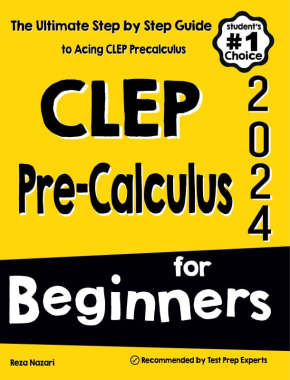
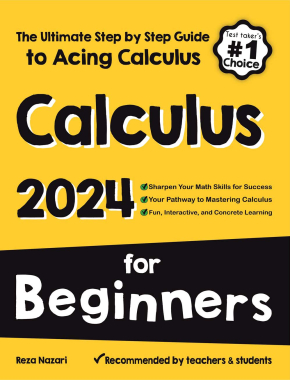


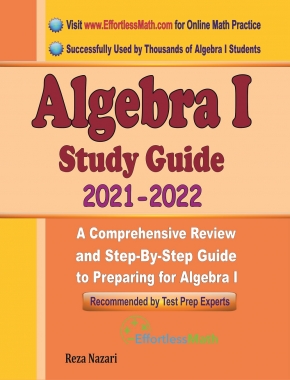






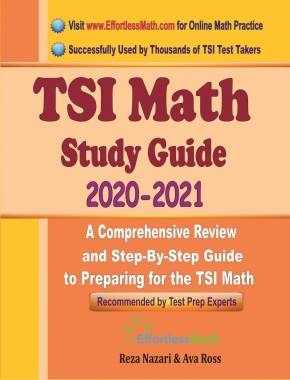




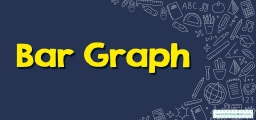
What people say about "How to Decode Complexity: A Comprehensive Guide to Utilizing Bar Charts in Calculus and Beyond - Effortless Math: We Help Students Learn to LOVE Mathematics"?
No one replied yet.